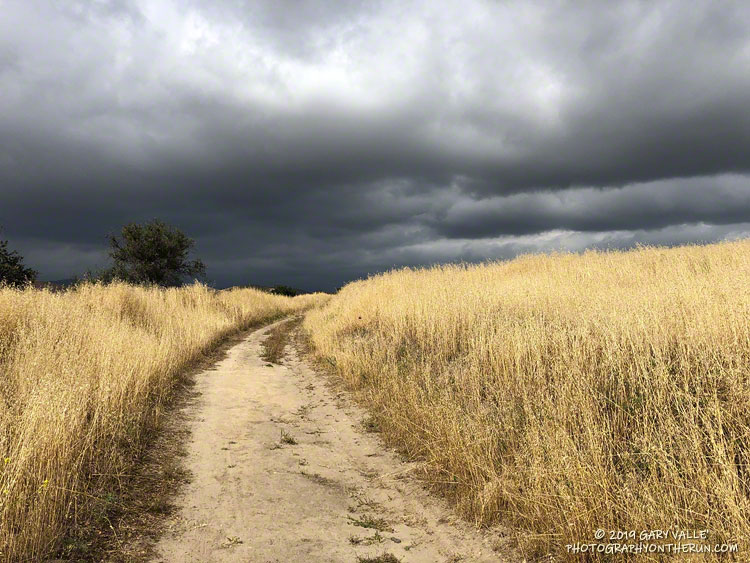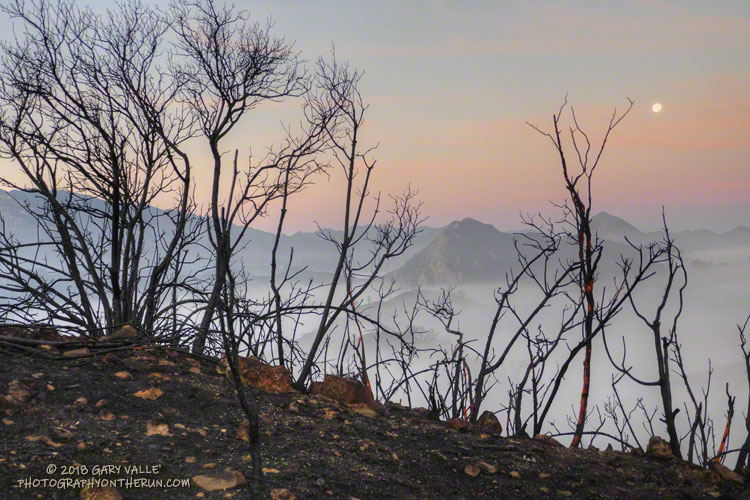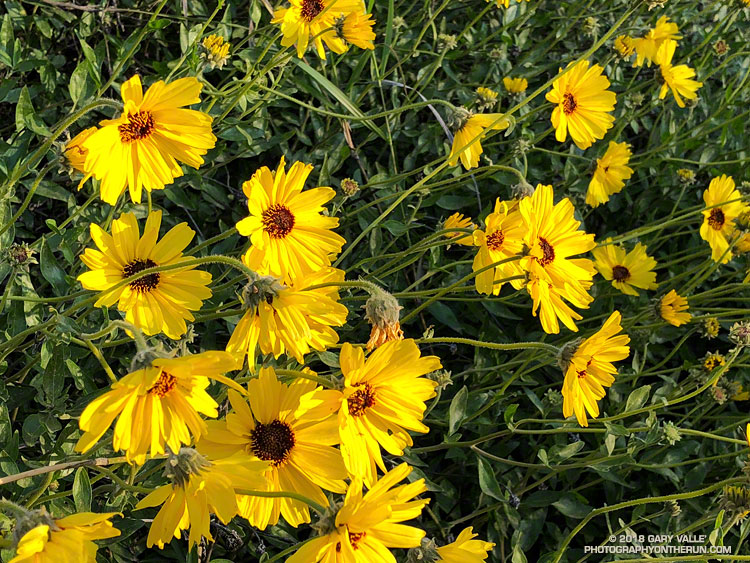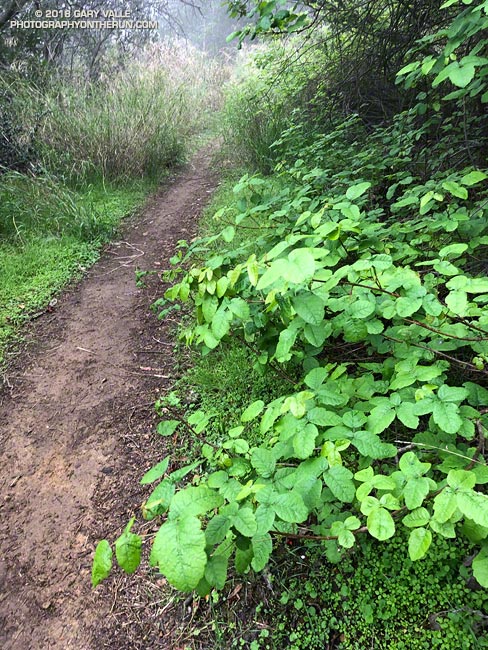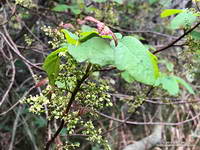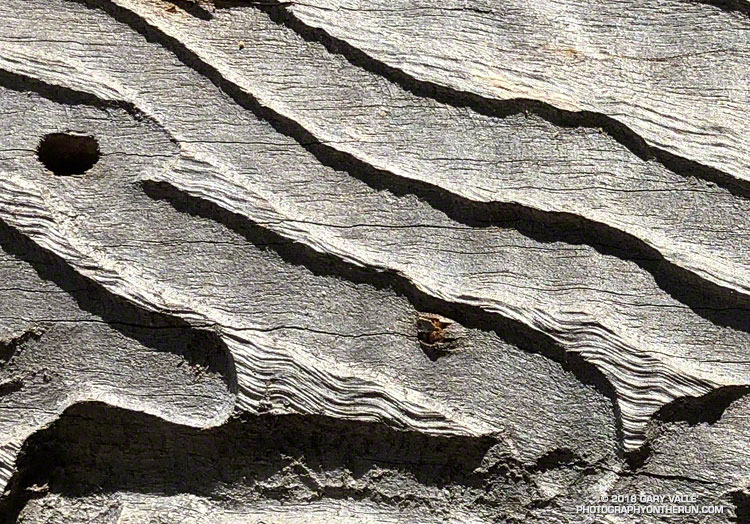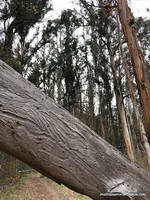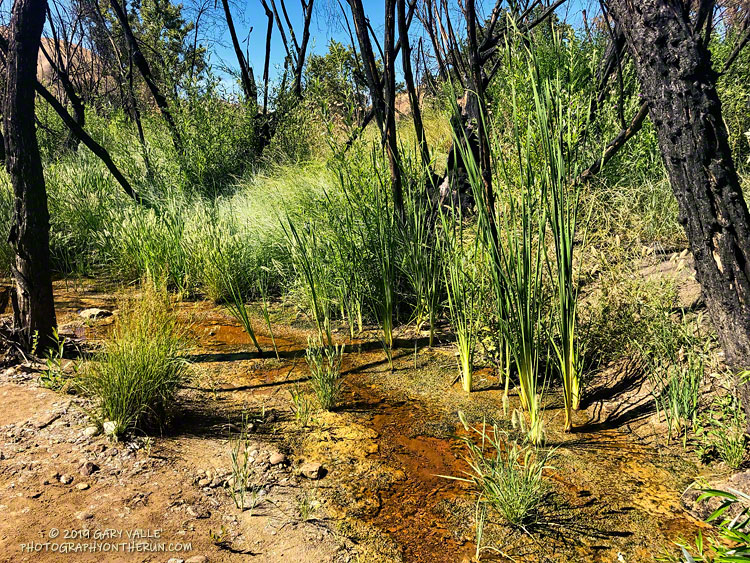
Following our five year drought, Downtown Los Angeles and many neighboring areas recorded above-average rainfall in two of the last three rain years. This has had obvious and observable effects on the area’s plants and animals and aided in the ongoing recovery of habitats affected by drought and wildfire.
This is the first time since the Summer of 2011 that there has been flowing water in upper Las Virgenes Creek in mid-July at the crossing near the Cheeseboro connector. It’s just a trickle, but keep in mind that during some of the drought years, this section of upper Las Virgenes Creek never flowed.
Update November 19, 2019. Increased surface water and pooling in Upper Las Virgenes Creek. See the post Running Into Fall.
Update August 28, 2019. The surface flow of Upper Las Virgenes Creek near the Cheeseboro connector is down to a bare trickle and some small pools.
Update August 7, 2019. Upper Las Virgenes Creek is still trickling.
Notes: In rain year 2016-17 Downtown Los Angeles (USC) recorded 19.00 inches of rain from July 1 to June 30, and in 2018-19, 18.82 inches. During the intervening rain year, 2017-18, only 4.79 inches was recorded.

